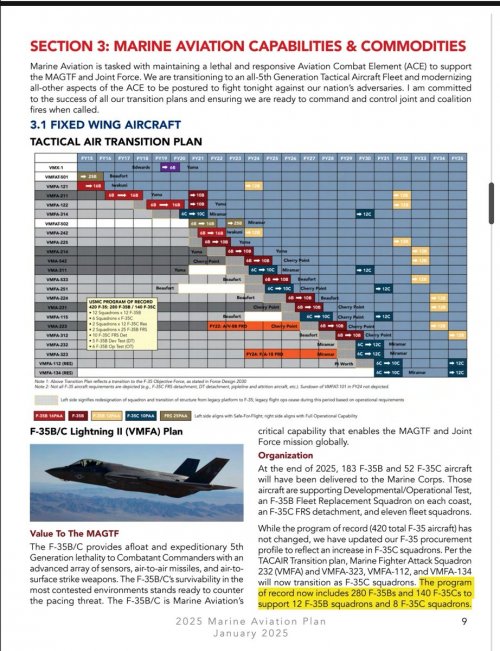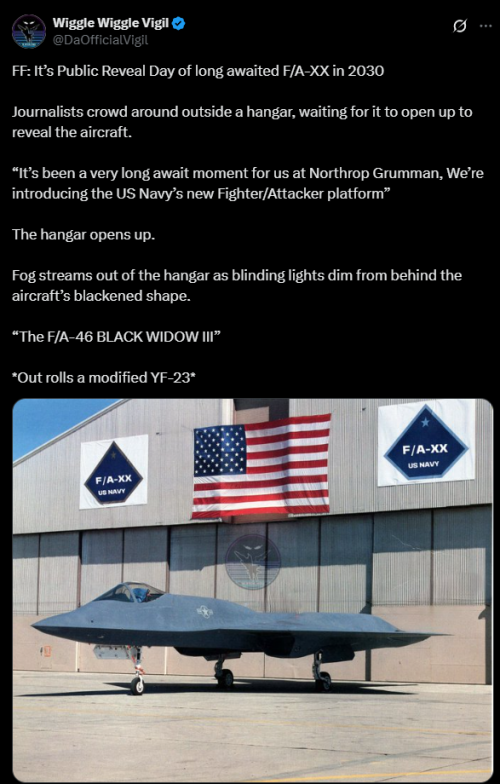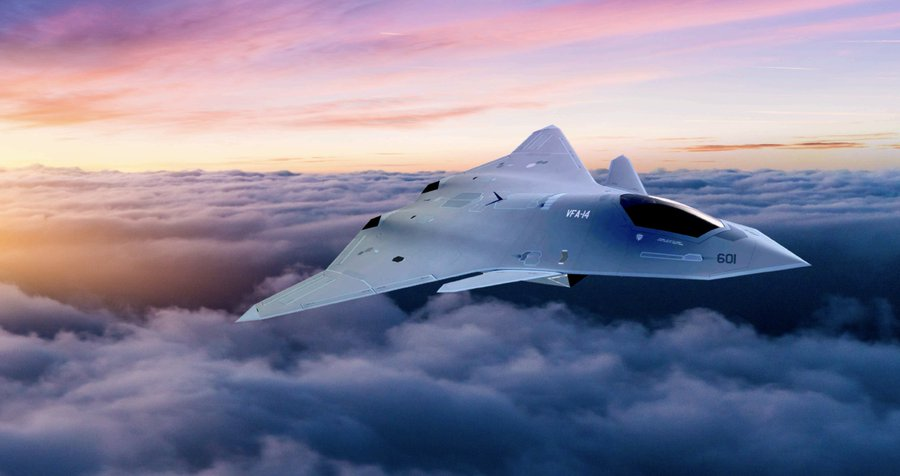I am not trying to shill the PLAAF, but it should be clear how these combination of assets offer it a massive increase in capability from even 2 years ago. From what has been publicly revealed about F/A-XX, I cannot conclude the same with regards to the US Navy.
Current US Carrier air wing(ideal):
F/a-18E/F - supposed to be all trick pony, but even as such is essentially inferior to F-35C in everything other than weapon integration speed. As a bug development/overgrowth, particularly struggles in range/payload metrics, always requiring lots of drop tanks to get...not even that far. So, for anything beyond horizon we usually need 3 drop tanks (and no IRST without central tank!), and just notionally qualify as supersonic aircraft.
It also works as a tanker aircraft - very, very thirsty one, rapidly burning through its own fuel. It's OK for refuelling something right after take off, but anything above it is meh.
Same problems are applicable to Growler - lots of pods, lots of drag, not that much time in the air.
F-35C(for now rather few) - great strike and OK fighter aircraft, limited by stealth/paylod contradictions. All big item stand off munitions other than AARGM currently don't fit in, and there is a reason they don't(bay built for chunky 2000 lbs - shorter than ideal for stand off PGMs).
They can fit outside, yes, but it'll kill stealth and, again, add lots of drag.
Overall, this airwing:
Struggles to reach safer stand off for carrier safety, even with available stand off PGMs;
Has good medium range bombing/1st day capability through F-35s, but against China this is flatly insufficient/dangerous.
Absolutely struggles with long range intercept(i.e. self defense); AIM-174 can do much, but ultimately F-18 is not a qualified missileer.
In effect, for all its relative modernity (much better than USAF), it's overall just weaker in capability checkist than US airwing from 1991.
Now, future:
1. MQ-25 massively improves refuelling, and, potentially, battlespace control. It is sometimes underappreciated, how much MQ-25 is better than Shornet at giving fuel at range; benefit is just very big.
2. F/A-XX gets 25% over that S.Hornet delivery capabilities. Doesn't sound massive?
For example, for hornet we're talking 3 fuel tanks and 2 2000lb class munitions.
For F/A-XX, we're likely talking full IWBs(4 units?), no drop tanks. And still 25% on top.
That's
a lot, for practical purposes. Add on, say, JASSM-XR, and threat zone from which Carrier can strike is getting huge. It's much harder to find CSG in time(lets assume something can be done about persistent space). It's, again, everything inside - i.e. J-36ying strike packages in transit (and then shadowing them back to their source) is now at least not taking candy from a hornet; getting CSG found with other local ISR assets is getting much more complicated.
That's not to say it can't bomb - it can, with, say, 4 large weapon units compared to 2 in F-35c(internally), to the somewhat bigger combat radius. Not as good as subsonic A-6F, sure, but very close - yet supersonic and stealthy.
It's now much higher and longer flight paths for everything - for instance, AsBMs (for which every additional minute in flight is not just exposure to detection, but chance to simply miss! their threat footprint against jamming isn't magical, just by physical limitations on seeker working conditions).
3. While it isn't a plane designed around air superiority as its main function, it's a plane that carries same 4 big munitions inside, clean.
We also know that one of the reasons LM was taken out of competition was their unwilingness to add more powerful radar - so we can expect a powerful suit.
If AIM-174 fits inside(or USN develops a proper bay VLRAAM for NIFC-CA), it's an incredible boost to carrier wing. Then we add (2) - i.e. significant increase in range, at which carrier is effective, - conditions for CAP work improve massively. Then we add 1 - i.e. massive improvement in refuelling, for
clean planes(i.e. they don't waste that they get). And those planes can intercept a lot - they can intercept ISR assets, even potentially hypersonics on their flight path.
Bigger plane with lots of fuel and big IWBs is a huge asset. Even before, when it was assumed (from navy quotes) that stealth levels will be moderate. After knowing that USAF F-47 comes from F/A-XX proposal - that in fact may not be the case (or moderate requirement doesn't mean it wasn't exeeded significantly by winning proposal).





